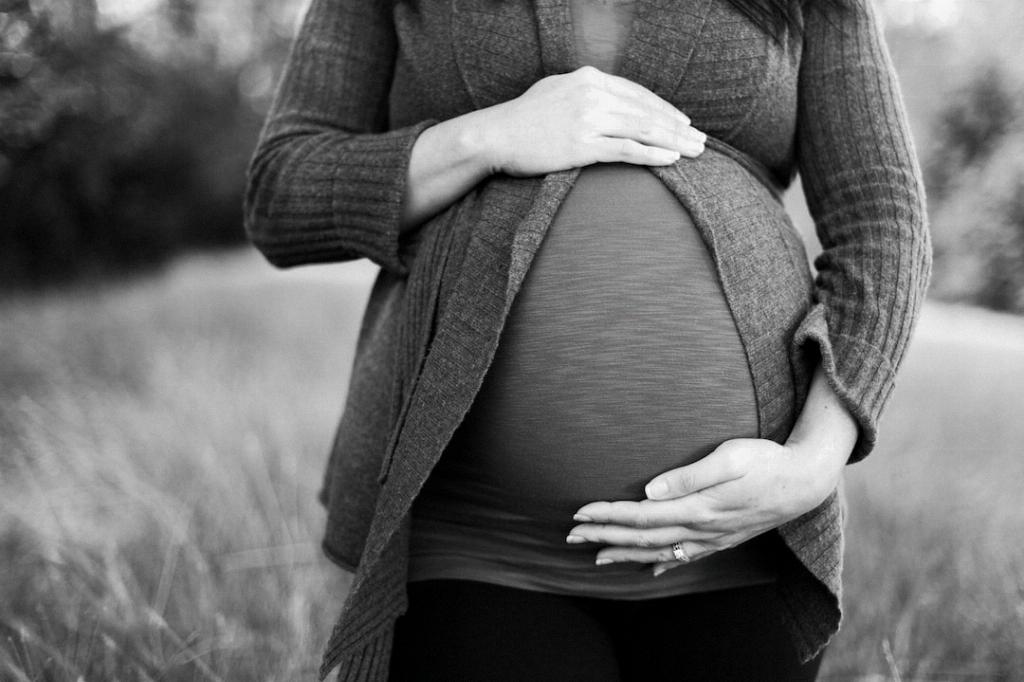Being 20 weeks pregnant signifies a significant milestone in your pregnancy journey. At this stage, physical changes become more pronounced as your baby continues to grow and develop within you. One common question that may arise during this period is whether it is normal to have a visible belly at 20 weeks pregnant.
The Growth Process
During the first few months of pregnancy, the baby is still relatively small, and changes in your body may not be as noticeable. However, by the time you reach 20 weeks, your uterus has expanded significantly to accommodate the growing fetus. This expansion can result in the development of a more prominent belly, often referred to as a baby bump.
Factors Influencing Belly Size
It is essential to understand that every pregnancy is unique, and the size of your belly at 20 weeks can vary. Factors such as the position of the baby, the strength of your abdominal muscles, and your body composition can all influence how prominently your belly protrudes.
Embracing the Baby Bump
Having a visible belly at 20 weeks pregnant is entirely normal and a positive indication of your baby’s growth. Embracing the changes in your body and the development of your baby bump can be an exciting and rewarding experience as you progress through your pregnancy.
Physical Comfort
As your belly grows, you may experience new physical sensations and challenges. Discomfort, stretching sensations, and changes in posture are all common as your body adjusts to the increasing size of your uterus. It is essential to listen to your body and seek support as needed to ensure your comfort throughout this period.
Monitoring Baby’s Growth
While the size of your belly can offer insights into your baby’s growth, it is not the sole indicator of your baby’s health. Regular prenatal check-ups, ultrasounds, and monitoring of fetal movement are crucial aspects of ensuring the well-being and development of your baby.
Healthy Pregnancy Practices
Maintaining a healthy lifestyle, including eating a balanced diet, staying hydrated, and engaging in suitable physical activity, can support both your well-being and the development of your baby. Consult with your healthcare provider for personalized guidance on maintaining a healthy pregnancy.
Emotional Well-being
As your body undergoes visible changes during pregnancy, it is normal to experience a range of emotions. Connecting with your partner, loved ones, or a support network can help you navigate these emotional ups and downs and foster a positive mindset throughout your pregnancy.
Body Image and Confidence
Embracing your changing body and the baby bump can contribute to a sense of empowerment and confidence during pregnancy. Celebrate the journey of motherhood and the miraculous process of carrying and nurturing new life within you.
Seeking Support
If you have concerns about the size of your belly at 20 weeks pregnant or experience any unusual symptoms, do not hesitate to reach out to your healthcare provider. Open communication and regular prenatal care are essential for addressing any potential issues and ensuring a healthy pregnancy.
Enjoying the Journey
Every pregnancy is a unique and remarkable experience. Embrace the changes in your body, cherish the moments of connection with your baby, and savor the journey of pregnancy. Remember to prioritize self-care and nurture both your physical and emotional well-being throughout this transformative time.
Conclusion
In conclusion, having a visible belly at 20 weeks pregnant is a normal and expected occurrence as your baby continues to grow and thrive. Embrace your baby bump, prioritize your health and well-being, and seek support as needed to navigate this remarkable journey of pregnancy with confidence and joy.

